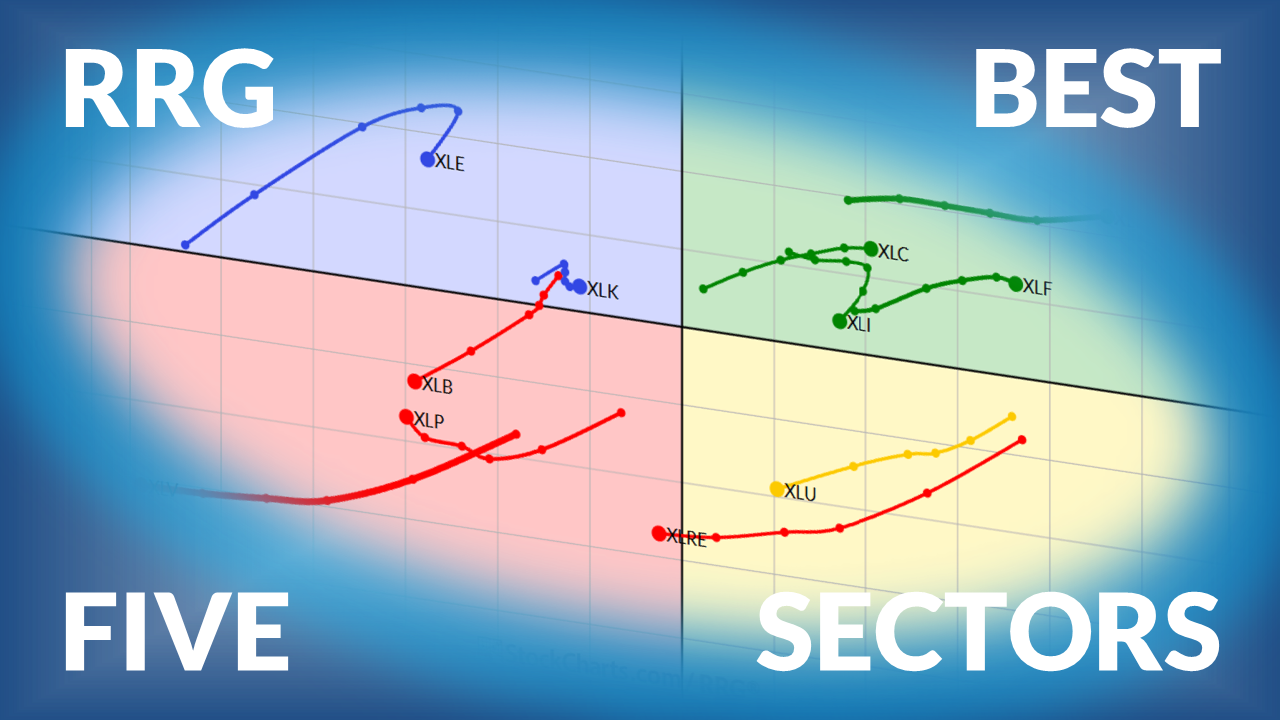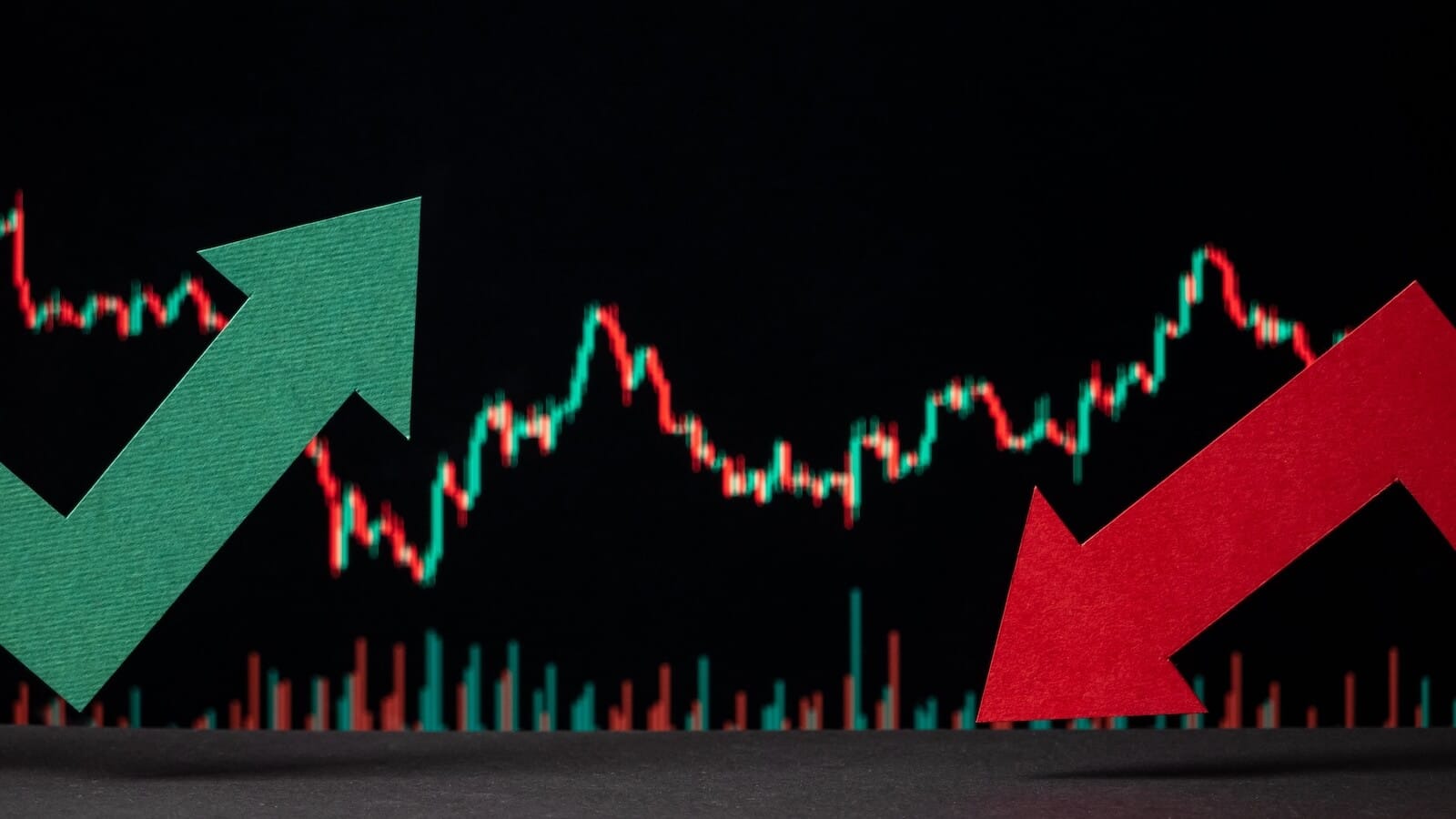VOLATILITY INDICES HOLD THEIR BREAKOUTS -- MATERIAL SPDRS AND BASE METALS ETF CONFIRM DOUBLE TOPS -- HOMEBUILDER ETFS TEST NOVEMBER LOWS -- XLK BREAKS NECKLINE SUPPORT -- SEMICONDUCTOR HOLDRS SHOWS RELATIVE STRENGTH
VOLATILITY INDICES FORM HIGHER LOWS AFTER BREAKOUTS... Link for todays video. The volatility indices held their breakouts and resumed their uptrends with the stock market slide over the last two weeks. Because the S&P 500 Volatility Index ($VIX) and Nasdaq 100 Volatility Index ($VXN) can be rather, well, volatile, I am showing the daily bars in gray and the 5-day SMA in red. This short-term moving average filters out the noise to get a better handle on direction. Chart 1 shows the 5-day SMA of the VIX breaking resistance with a surge in May. Broken resistance turned into support and held in mid June. With a surge over the last two weeks, the 5-day SMA broke above the May trendline to resume its uptrend. The May-June decline is viewed as a correction within a bigger uptrend. Support at 25 now becomes key to this uptrend. In other words, the 5-day SMA needs to break 25 to reverse the uptrend in volatility. Also notice that the 200-day SMA turned up in mid May. Rising or relatively high volatility is negative for stocks. First, volatility represents risk. Second, an uptrend in fear keeps investors edgy. Notice how the S&P 500 advanced when the VIX fell (July to April). As the VIX reversed its downtrend, the S&P 500 reversed its uptrend. There is clearly a negative correlation at work here. It may be a coincident indicator, but it is currently bearish as long as the 5-day SMA remains above 25. Chart 2 shows the Nasdaq 100 Volatility Index ($VXN) with similar characteristics.

(click to view a live version of this chart)
Chart 1

(click to view a live version of this chart)
Chart 2
MATERIALS SPDRS AND BASE METALS ETF CONFIRM DOUBLE TOPS... Unsurprisingly, the DB Base Metals ETF (DBB) and the Materials SPDR (XLB) have similar patterns at work: double tops. In fact, both confirmed their double tops with support breaks on the price chart and range breaks in momentum. Chart 3 shows the Materials SPDR (XLB) with an Adam and Eve double top, which is a term coined by Thomas Bulkowski, author of The Encyclopedia of Chart Patterns. According to Bulkowski, the Adam top forms with a short 1-2 bar/candlestick reversal. The Eve top forms as a wider top with 3-6 bars/candlesticks. Double tops are confirmed with a break below the intermittent low. XLB pierced this low five weeks ago, bounced and broke back below this week. Based on traditional technical analysis, the height of the pattern is subtracted from the support break for a downside target, which is around 23.3. RSI confirms the reversal with a break below 40 in early June. The right side of the double top looks like a falling wedge. We can watch this wedge unfold for signs of a failed double top. Yes, sometimes these patterns fail to reach their downside targets. Patterns and indicators are far from perfect. Technically, the trend is down as long as the wedge falls. A surge above 30 would call for a reassessment. A break above resistance at 32 would reverse the 10 week downtrend. For reference, chart 4 shows the Market Vectors Steel ETF (SLX) with a head-and-shoulders pattern working in 2010. It would take a break above the June high to negate this bearish pattern.

(click to view a live version of this chart)
Chart 3

(click to view a live version of this chart)
Chart 4
Chart 5 shows the DB Base Metals ETF (DBB) with a similar pattern at work. This is not surprising considering the connection between the materials sector and the actual materials themselves. DBB confirmed its double top with a break below support five weeks ago. The ETF rebounded for a few weeks, but fell back again this week. For now, the support break is valid as DBB established first resistance at 19. A break above this level would call for a reassessment of the current downtrend. RSI confirmed with a bearish shift in momentum. RSI ranges from 20 to 60 in a downtrend and 40 to 80 in an uptrend. The indicator broke its bull range with a move below 40 in May. For reference, chart 6 shows the DB Commodity Index Tracking ETF (DBC) with a falling channel in 2010.

(click to view a live version of this chart)
Chart 5

(click to view a live version of this chart)
Chart 6
HOMEBUILDER ETFS TEST NOVEMBER LOWS... Weakness in the homebuilders and related industries played an important role in the demise of the consumer discretionary sector over the last few weeks. There are two ETFs related to home building. Despite some differences in their components, the Homebuilders SPDR (XHB) and the Home Construction iShares (ITB) track each other pretty well. Both capture the ups and downs of home construction and the related industries. Even though actual homebuilding may be a small part of the economy, the related industries amplify the affect. New homes mean moving, new appliances, painting, selling old homes, renovations etc... XHB averages over 7 million shares volume per day, while ITB averages less than 1 million shares volume per day. Chart 7 shows the Homebuilders SPDR with a large rising wedge from March 2009 until April 2010. XHB rose for 13 months and then formed a lower high as it broke the wedge trendline with a sharp decline the last 10 weeks. While this breakdown is clearly bearish, the ETF is currently oversold after a ~30% decline in 10 weeks. In addition, the ETF is nearing support from broken resistance around 14. The combination of support and oversold conditions could give way to an oversold bounce or consolidation. However, at this moment, a bounce would be considered a counter-trend move within a bigger downtrend. Chart 8 shows the Home Construction iShares with similar characteristics.

(click to view a live version of this chart)
Chart 7

(click to view a live version of this chart)
Chart 8
XLK BREAKS NECKLINE SUPPORT ... After an outside reversal last week, the Technology SPDR (XLK) declined further and broke below support on Thursday. Chart 9 shows XLK with a head-and-shoulders pattern in 2010. In fact, the price action this year looks quite similar to that seen in the Market Vectors Steel ETF (go figure). XLK is current trading below the February-June low, but these are weekly candlesticks and a big rally today could push XLK back above its support break. Lets see it first. For now, the head-and-shoulders dominates the price chart and it is bearish until proven otherwise. The pattern is around 3.5 points high and neckline support is near 20.5, which targets a decline to around 17. Also notice that a 50-62% retracement of the March-April advance would extend to the 17-18 area. As far as proving otherwise, the right half of the pattern forms a falling wedge. No uptrend here as long as the wedge falls. A break above the upper trendline would call for a reassessment and a move above the mid June high would reverse the 10 week downtrend.

(click to view a live version of this chart)
Chart 9
SEMICONDUCTOR HOLDRS SHOWS SOME RELATIVE STRENGTH ... Despite a support break in XLK, chart 10 shows the Semiconductors HOLDRS (SMH) consolidating above the February low. SMH has yet to even test this low. Chart-wise, SMH shows less weakness by holding above the February low. This is also known as relative strength. Most of the major index ETFs and sector ETFs have either broken or tested their February low. Despite relative strength, SMH was still hit pretty hard over the last two weeks. It is not totally immune to broad market weakness. SMH is at a moment-of-truth as it tests support from the May-June lows. Chart 11 shows daily candlesticks as the ETF formed a large spinning top in its support zone. This candlestick shows indecision. StockRSI is also oversold as it trades at 0. 14-day StochRSI equals 0 when 14-day RSI is at its lowest level of the last 14 days. 14-day StochRSI equals 100 when 14-day RSI is at its highest level of the last 14 days. StochRSI needs to pop above .50 (centerline) and SMH needs to break above 26.5 to keep this range alive and hold support.

(click to view a live version of this chart)
Chart 10










